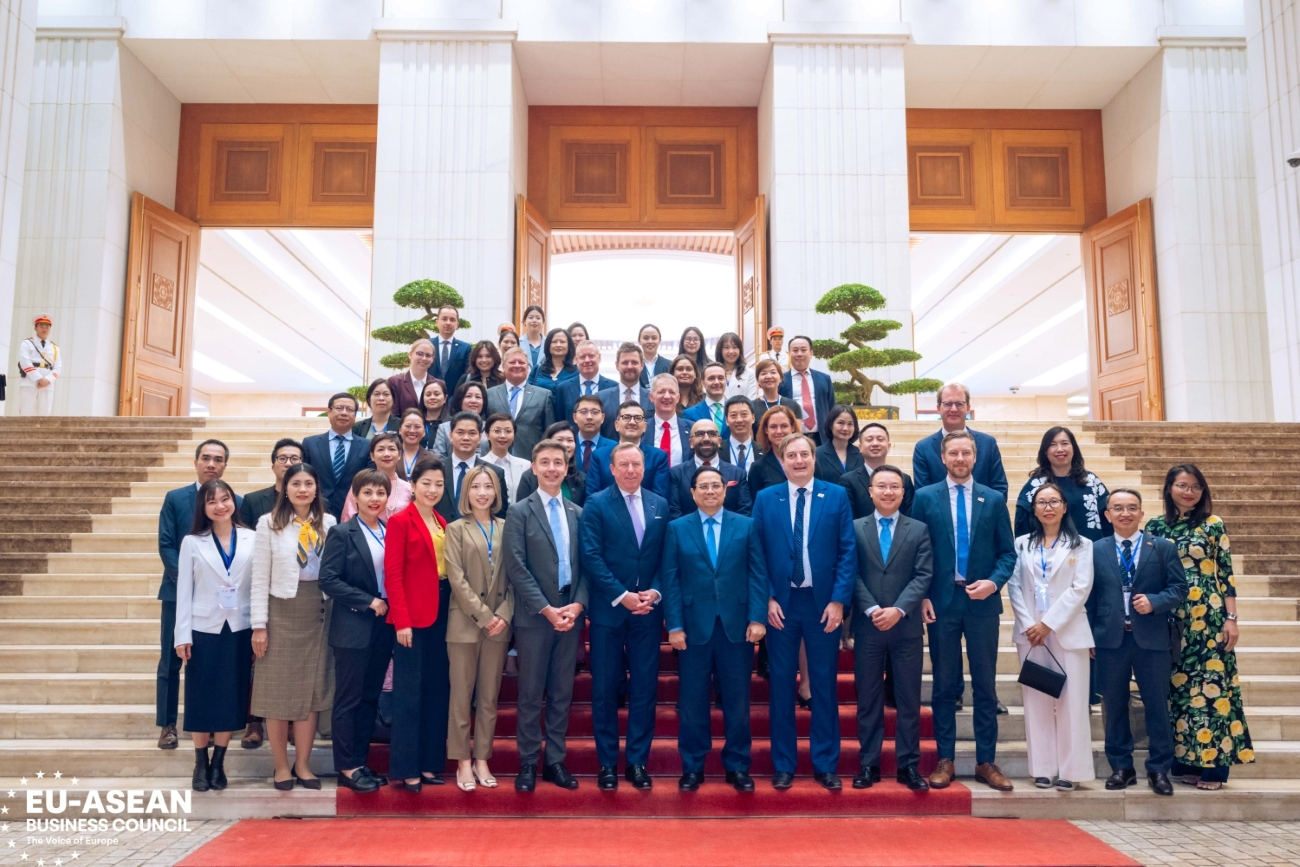First bed net to contain non-pyrethroid chemistry
Collaboration with IVCC and London School of Hygiene & Tropical Medicine unlocks breakthrough in malaria fight
Estimated 13,000 malaria cases in Vietnam each year
Limburgerhof, Germany – July 13, 2017 – BASF has received a recommendation from the World Health Organization (WHO) for Interceptor® G2, a long-lasting insecticide-treated mosquito net (LN) based on chlorfenapyr. Chlorfenapyr is a completely new insecticide class for combating mosquitoes for public health. This is the first WHO recommendation for a product based on a new insecticide class in more than 30 years.
Working with the Innovative Vector Control Consortium (IVCC) and the London School of Hygiene & Tropical Medicine in a collaboration lasting over a decade, BASF’s scientists successfully repurposed chlorfenapyr to be effective on mosquito nets and meet stringent WHO performance thresholds for public health.
Interceptor® G2 from BASF is the first WHO-recommended mosquito net based on non-pyrethroid chemistry to beat insecticide-resistant mosquitoes. Its distinctive black and white stripes distinguish it from currently used mosquito nets. Volker Frenz, development chemist for Interceptor® G2, checks a net sample in the laboratory.
Dave Malone, IVCC Technical Manager, said “The collaboration with BASF gave us access to an insecticide with a rare combination of attributes: New to public health, effective against resistant mosquitoes, and able to coat polyester netting with a long-lasting formulation.”
A second chlorfenapyr product, an indoor residual spray named Sylando® 240SC, is also in the final phases of WHO evaluation.
There are more than 200 million cases of malaria each year and almost half a million deaths. Infants, children under five and pregnant women are the most vulnerable groups.
Around the world, every two minutes a child dies from malaria and there are more than 200 million new cases every year, including an estimated 13,000 malaria cases in Vietnam. Malaria is also a major cause of global poverty and its burden is greatest among the most vulnerable.
Long-lasting insecticide-treated mosquito nets (LN) and indoor residual sprays (IRS) are the cornerstones of malaria prevention, particularly in sub-Saharan Africa. But 60 countries have already reported resistance to at least one class of insecticide used in them. Part of the problem is that there were previously only four WHO-recommended insecticide classes for adult mosquito control: Only one of them, the pyrethroid class, was recommended for LNs. Continual use of the same insecticides enabled the highly-adaptable mosquito to develop significant levels of resistance.
Independent trials in Benin, Burkina Faso, Tanzania and Ivory Coast have proven the efficacy of Interceptor G2 and Sylando 240SC against local insecticide-resistant mosquitoes.
Medical entomologist Professor Hilary Ranson from the Liverpool School of Tropical Medicine has studied the problem for many years. “We’ve got to take insecticide resistance very seriously,” she said. “In some countries, the local mosquito population has increased its level of resistance 1,000-fold. It has been years since a new class of public health insecticide has appeared on the market. Alternatives are urgently needed.”
There are more than 200 million cases of malaria each year and almost half a million deaths. Infants, children under five and pregnant women are the most vulnerable groups. Most cases occur in Africa, but other regions are significantly affected: Latin America, South East Asia, Western Pacific and Eastern Mediterranean.
Following the WHO recommendation, BASF will start preparations to launch Interceptor G2 for malaria prevention. Depending on local registration processes, the new mosquito net is expected to be available to health ministries and aid organizations starting towards the end of this year.
“New resistance management products are desperately needed to prevent mosquito-borne diseases and save lives,” said Egon
Weinmueller, Head of BASF’s public health business. “This development breakthrough strengthens my personal belief that we really can be the generation to end malaria for good.”
About chlorfenapyr
Chlorfenapyr was derived by isolating a toxin from the Streptomyces fumanus actinomycete bacterium. It is new to the public health market, but has been used in agriculture and urban pest control, including in homes and food handling areas, worldwide since 1995. Chlorfenapyr belongs to the pyrrole class of chemistry and has an entirely different mode of action from current WHO-approved insecticides for public health. It works by disrupting the insect’s ability to produce energy. This makes it unlikely to show cross-resistance in mosquitoes that are resistant to currently registered public health insecticides. Further information is available on publichealth.basf.com.
About BASF’s Crop Protection division
With a rapidly growing population, the world is increasingly dependent on our ability to develop and maintain sustainable agriculture and healthy environments. BASF’s Crop Protection division works with farmers, agricultural professionals, pest management experts and others to help make this possible. With their cooperation, BASF is able to sustain an active R&D pipeline, an innovative portfolio of products and services, and teams of experts in the lab and in the field to support customers in making their businesses succeed. In 2016, BASF’s Crop Protection division generated sales of more than €5.6 billion. For more information, please visit us at agriculture.basf.com or on any of our social media channels.
About BASF
At BASF, we create chemistry for a sustainable future. We combine economic success with environmental protection and social responsibility. The approximately 114,000 employees in the BASF Group work on contributing to the success of our customers in nearly all sectors and almost every country in the world. Our portfolio is organized into five segments: Chemicals, Performance Products, Functional Materials & Solutions, Agricultural Solutions and Oil & Gas. BASF generated sales of about €58 billion in 2016. BASF shares are traded on the stock exchanges in Frankfurt (BAS), London (BFA) and Zurich (BAS). Further information at www.basf.com.
About BASF Vietnam
BASF has been active in Vietnam since the establishment of its representative office in 1994. BASF Vietnam Limited was set up in 2009 and the company operates two production sites for construction chemicals. BASF Vietnam also maintains three sales offices in Ho Chi Minh City, Hanoi and Danang. It provides a wide range of products, including plastics, petrochemicals, construction chemicals, fine chemicals,
performance chemicals, paper chemicals, and crop protection. BASF sales to customers in Vietnam were approximately €245 million in 2016. BASF employed 142 people in Vietnam as of the end of 2016. Further information on BASF in Vietnam is available at www.basf.com/vn.






